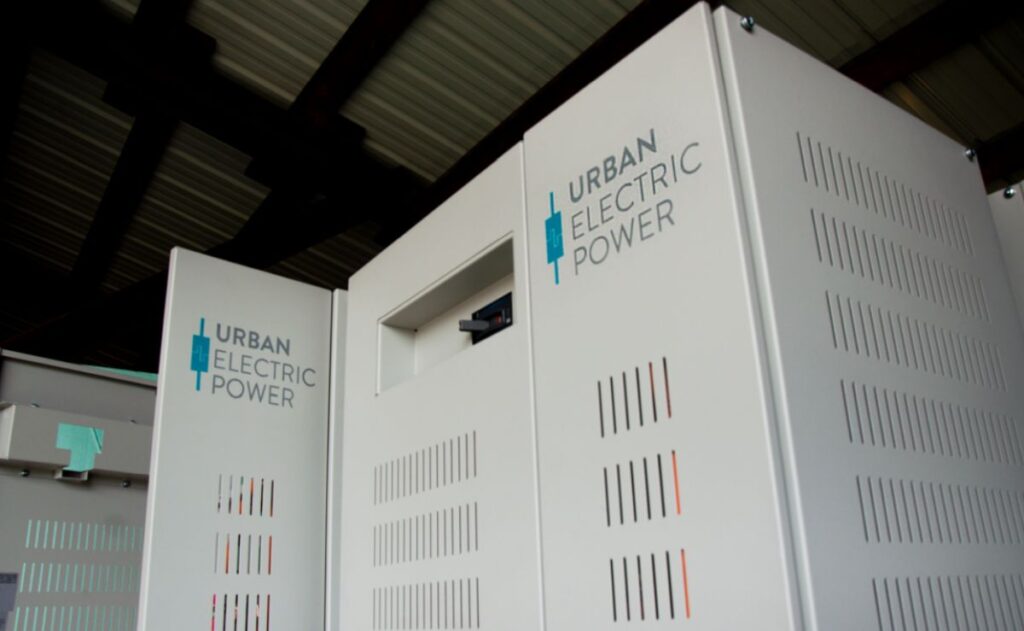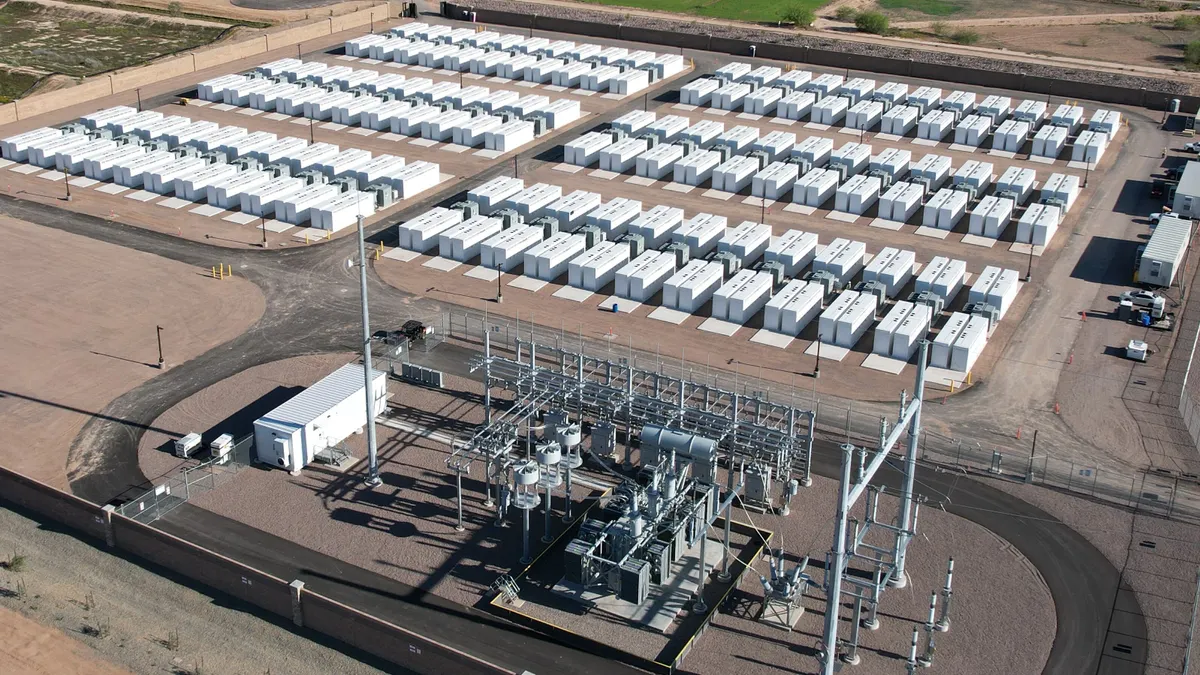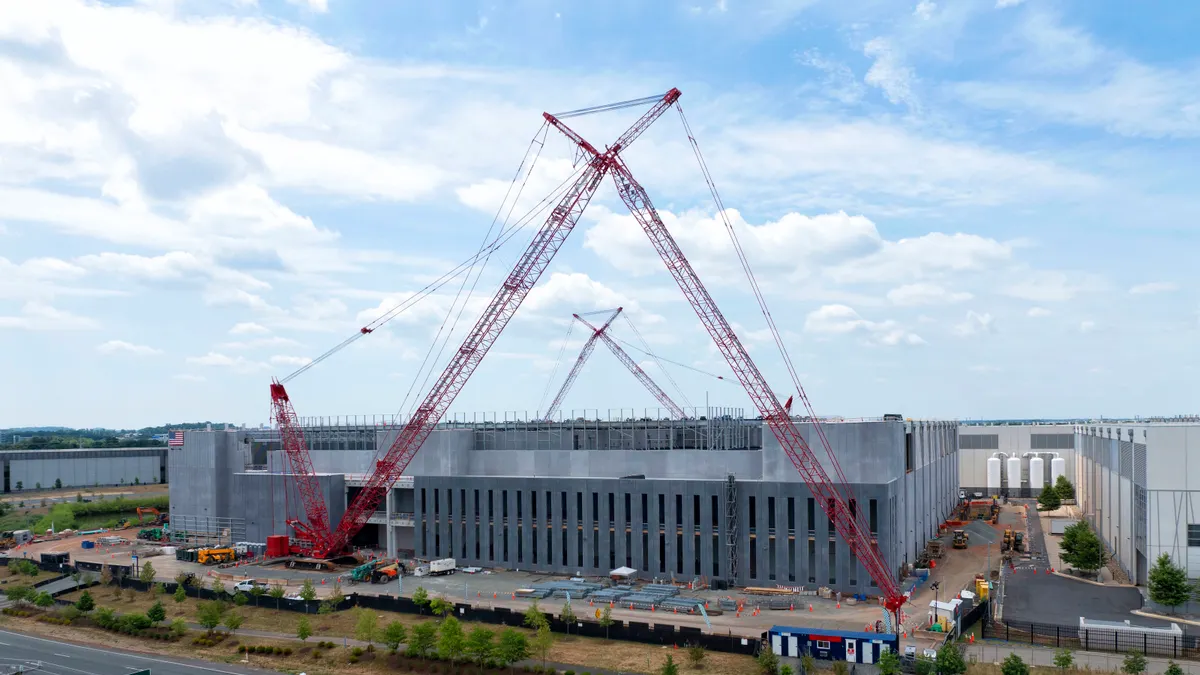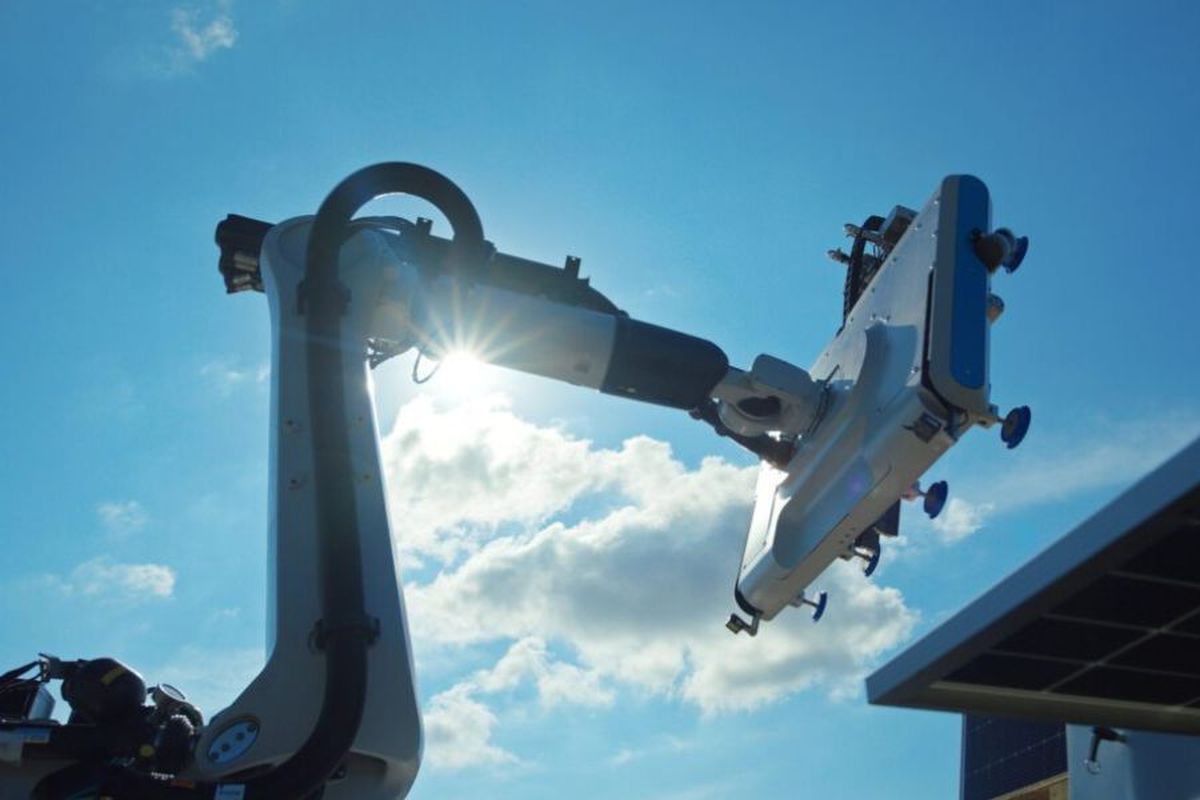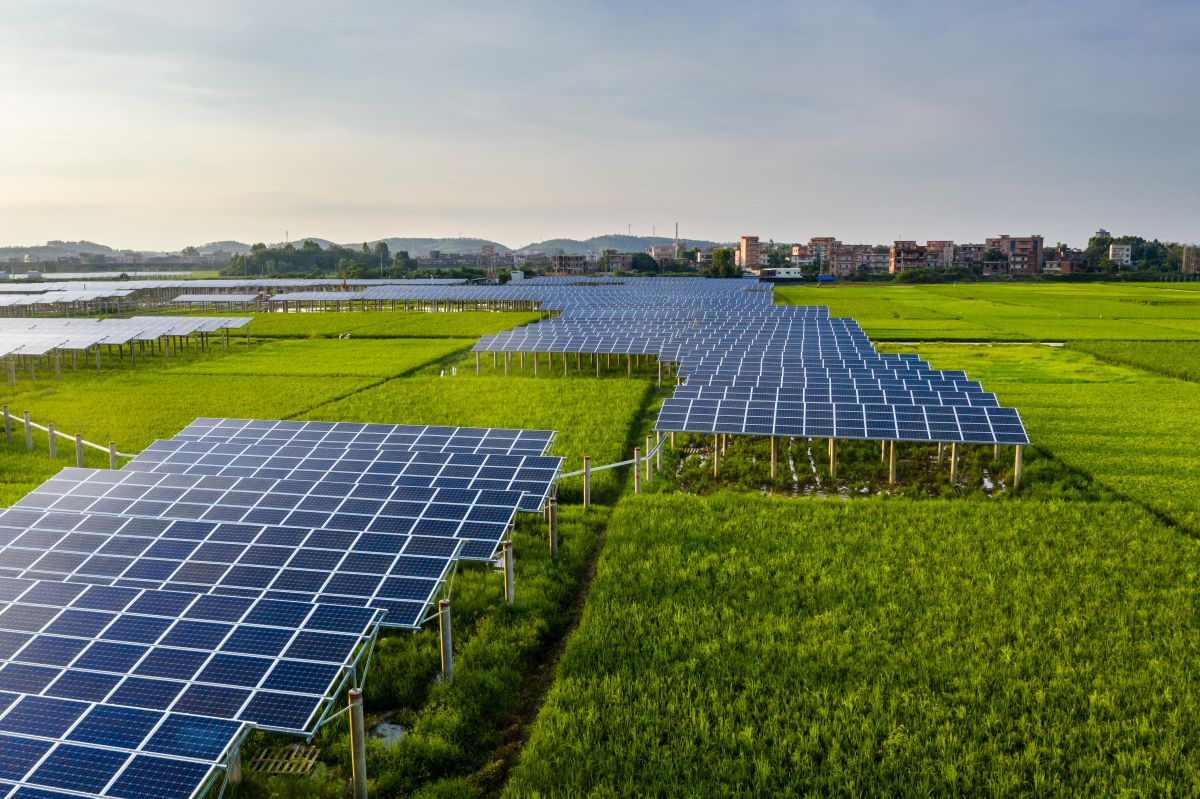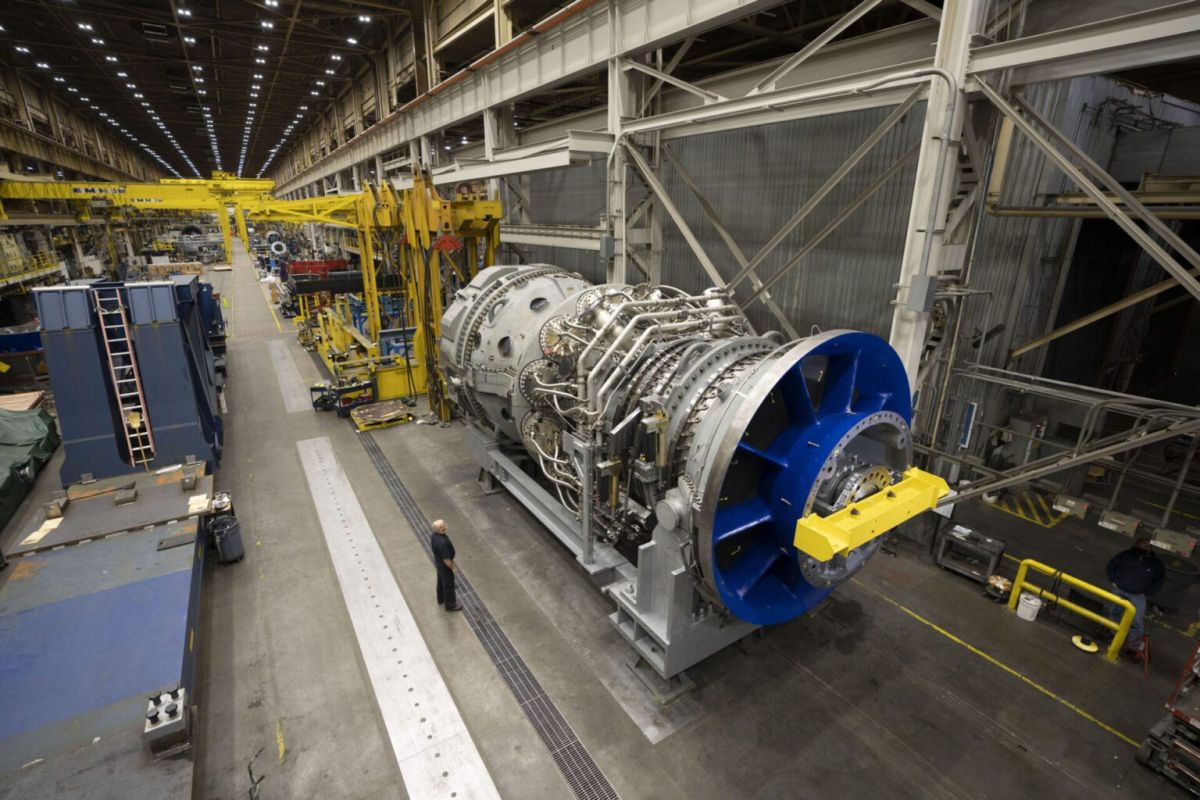WWW.RENEWABLEENERGYWORLD.COM
Fire-safe long-duration energy storage? Sounds like a perfect fit for New York, and the Department of Energy agrees.
A pair of fire-safe long-duration energy storage (LDES) projects will be installed at two regionally diverse sites in New York State to demonstrate their viability in varying geographical settings for different load characteristics, Governor Kathy Hochul announced today, on the heels of federal funding.
The projects will be developed by the New York Power Authority (NYPA), Rockland County-based Urban Electric Power (UEP), and the Electric Power Research Institute (EPRI). One installation will be in Westchester County’s Grasslands Reservation, and the other will be built on the State University of New York’s (SUNY) Oneonta campus.
Each system will be 300 kilowatts with 12 or more hours of operation and offer the potential for reducing electric bills through demand charge reduction from peak shaving. The SUNY Oneonta project will also support a forthcoming on-site solar project, helping to achieve the campus’ long-term clean energy plans. The exact site locations will be determined as part of the first phase of work. Construction will begin in 2026 and the facilities will be operational in 2028.
The DOE is partially funding the endeavor to catalyze impactful long-duration energy storage (LDES) demonstration projects capable of delivering electricity for 10-24 hours, surpassing the conventional short-duration systems that lithium-ion can typically support. Made possible by the Infrastructure Investment and Jobs Act, the more than $6.5 million in DOE funds will cover half the $13.1 million project cost. According to the DOE, today’s energy storage technologies are not sufficiently scaled or affordable to support the broad use of renewable energy on the electric grid.
Today’s announcement supports the Climate Leadership and Community Protection Act goals and marks progress towards New York’s nation-leading six gigawatts of energy storage by 2030.
“Energy storage that ensures a safe and reliable power supply is critical to New York’s clean energy future,” Governor Hochul said. “By supporting leading-edge projects-such as these installations that provide extended storage duration-we will validate new technologies and illustrate how grid storage can be safely and effectively integrated into communities throughout the state.”
The Power Authority, the nation’s largest state utility, will partner with UEP, a battery manufacturer based in Pearl River, to help LDES systems overcome the technical and institutional barriers to achieve wider adoption. EPRI, an independent, non-profit energy research and development (R&D) organization, will provide technical and industry expertise and guidance on technology readiness, safety assessment, test protocol development, techno-economic analysis, operations plan, and the community benefits plan.
“The Power Authority is invested in pursuing the development of the technology needed that will support the integration of renewable generation while also ensuring that power is available during peak demand periods,” said New York Power Authority President and CEO Justin E. Driscoll. “This cutting-edge, long-duration energy storage project seeks to demonstrate a safer clean energy technology, illustrating New York State’s leadership in accelerating the transition to renewable resources and validating the use of these systems in meeting customer needs and commercial viability.”
The Power Authority will support the storage projects with energy education outreach programs to under-resourced communities located near the demonstration sites. NYPA, through its established environmental justice program, will support a community benefits plan focused on educational programming, providing STEM, career and college readiness, and adult energy literacy workshops on energy storage. A community stakeholder working group will be formed involving local schools, governments, universities, community colleges, and community organizations. The working group will steer the development and deployment of programs that will prioritize underserved populations.
The projects will use fire-safe battery technology that can be implemented in urban or rural settings to demonstrate a stable energy supply during periods of high demand and in extreme weather conditions. They will employ UEP’s zinc manganese dioxide batteries, utilizing fire-safe chemistry and low-cost, domestically available, earth-abundant raw materials with existing supply.
Per UEP, the batteries have the same chemistry as household batteries and are expected to show comparable performance to lithium-ion batteries without the inherent safety and supply chain issues. A successful demonstration could enable market adoption of the company’s technology by proving decreased risk and reducing demand on grid infrastructure through reduced peak demand load. The batteries have been successfully piloted on smaller scales at several energy storage installations, the company says.
“It’s an honor to provide the energy storage solution for these groundbreaking projects,” Urban Electric Power CEO Sanjoy Banerjee added. “As the demand for long-duration energy storage grows, UEP’s innovative zinc-manganese technology stands out as a cost-effective and safe alternative. These projects are set to enhance the resilience of New York’s electrical grid and demonstrate the critical contribution of zinc batteries towards a sustainable energy landscape.”



